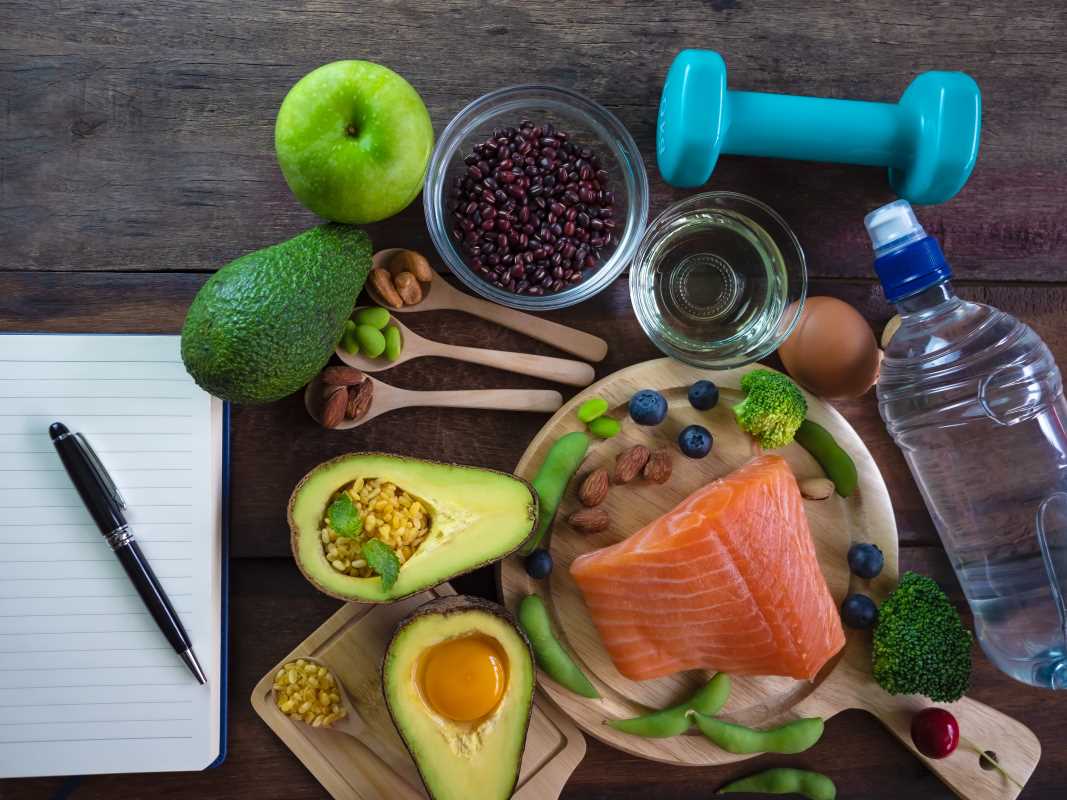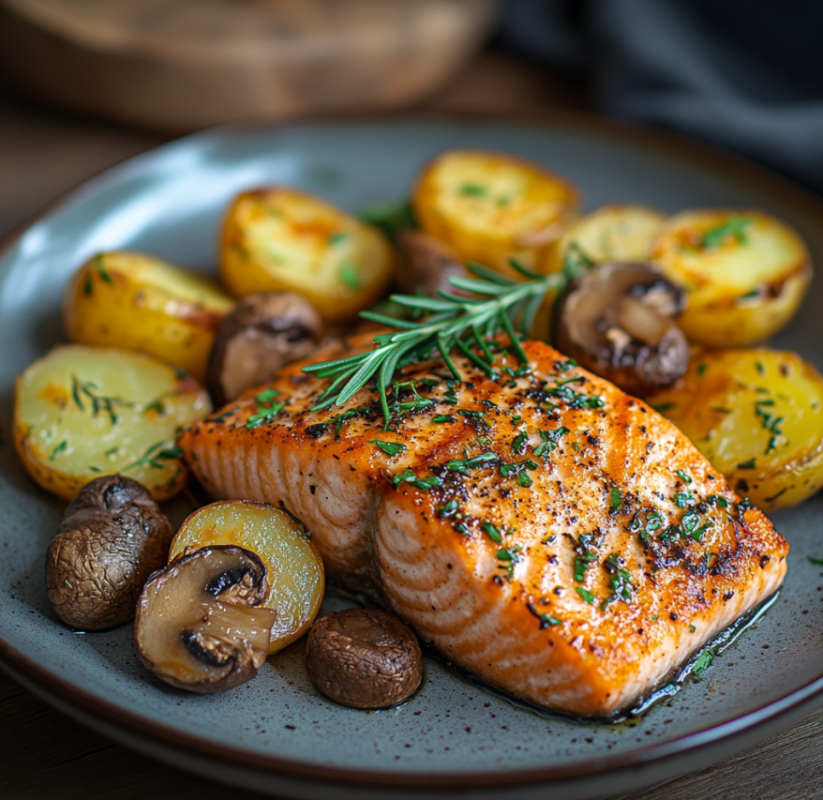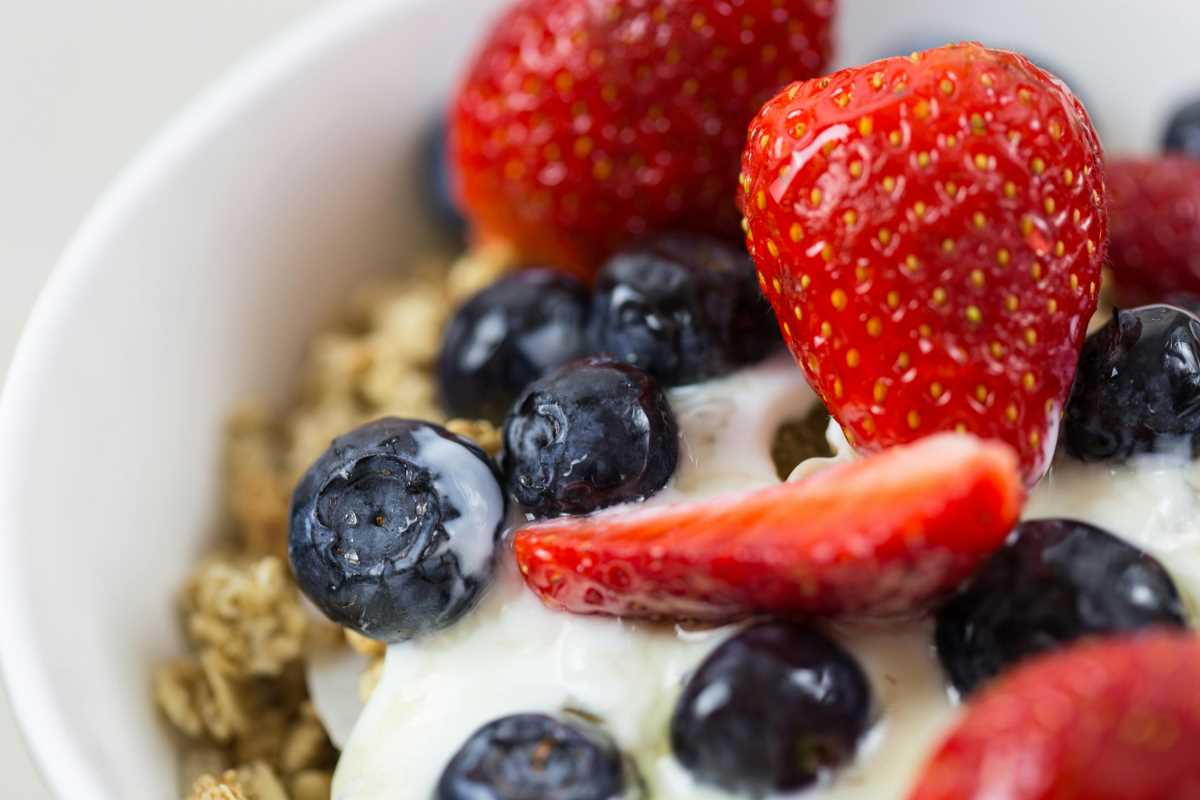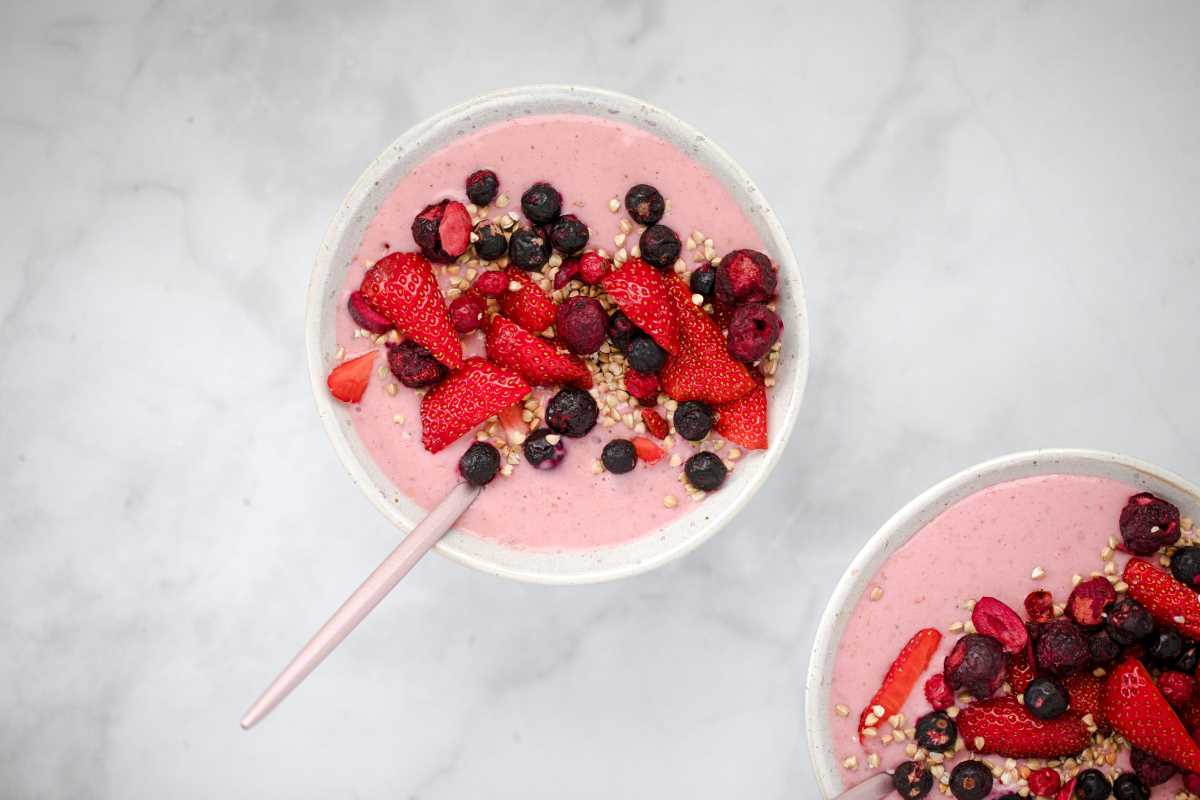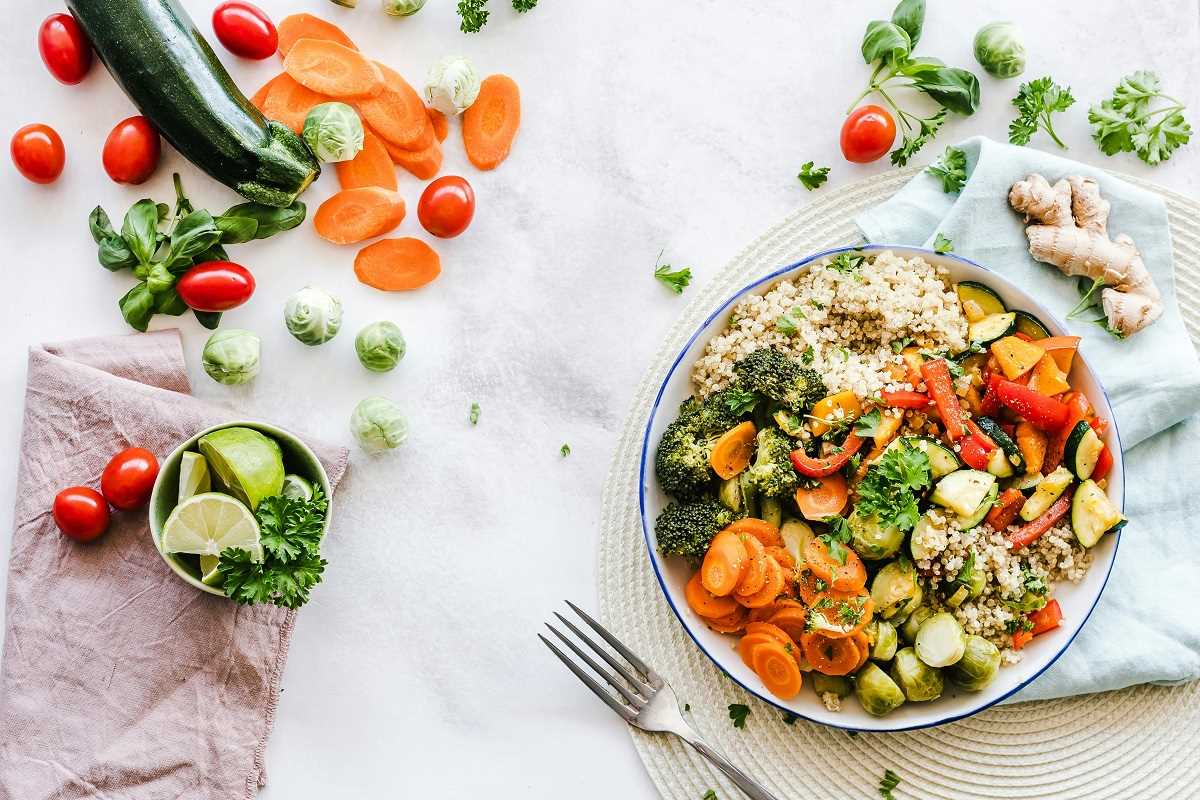Balancing work, family, and everything in between is tough, especially when trying to maintain a healthy lifestyle. If you're looking for an eating plan that's good for your heart, easy to follow, and full of wholesome options, the DASH diet might just be your new best friend. It helps manage high blood pressure while fueling your body with the nutrients it needs. But how do you create the perfect DASH diet meal? That’s exactly what we’ll explore in this guide.
Understanding the basics of the DASH diet, and how to plan balanced meals, doesn't have to feel overwhelming. By breaking it down into clear, easy-to-follow steps, you’ll be well-equipped to take charge of your nutrition and feel great doing it.
What Is the DASH Diet?
Before we get into meal planning, let's talk about what the DASH diet actually is. DASH stands for Dietary Approaches to Stop Hypertension. Created by experts to help reduce high blood pressure, this diet focuses on foods rich in nutrients like potassium, calcium, magnesium, and fiber while keeping sodium (salt) in check.
What sets the DASH diet apart is its flexibility. It doesn't eliminate entire food groups or require you to count intricate macros. Instead, it encourages you to fill your plate with nourishing, whole foods while gradually limiting salt, added sugars, and saturated fats.
Benefits of the DASH Diet
The DASH diet offers more than just lower blood pressure. By sticking to its principles, you'll also support better digestion, healthier weight management, and long-term heart health. Plus, it helps reduce risks for diabetes and stroke, making it an all-around winner for maintaining wellness.
Now, let's break it down further. Planning balanced meals for the DASH diet is all about including specific food groups in just the right amounts. Here’s how to build meals that truly satisfy both your taste buds and nutritional needs.
Step 1: Become Friends with Food Groups
Every food group plays a role in creating balance. The DASH diet highlights a mix of nutrient-dense foods to ensure your body gets everything it needs. Here’s a quick breakdown of the main food groups you'll incorporate:
- Fruits: Think berries, apples, bananas, and oranges. Aim for 4–5 servings daily.
- Vegetables: Go for vibrant options like spinach, broccoli, carrots, and peppers. Try to include 4–5 servings a day.
- Whole Grains: Brown rice, quinoa, whole-grain bread, and oats are perfect examples. Aim for 6–8 servings per day.
- Lean Protein: Chicken, fish, turkey, eggs, tofu, beans, and lentils are great choices. Around 2 or fewer servings daily of lean protein should do.
- Low-Fat Dairy: Foods like yogurt, milk, and cheese add calcium and flavor to your diet. Stick to 2–3 servings a day.
- Healthy Fats and Nuts: Opt for avocado, olive oil, nuts, and seeds—but keep portions small (around 4 servings a week).
- Sodium: Keep this as low as possible! Most people aim to stay under 2,300 mg daily (or 1,500 mg if lowering blood pressure is your primary goal).
The secret is mixing and matching these groups to build meals that fuel you throughout the day.
Step 2: Plate It Like a Pro
The easiest way to ensure you’re creating balanced DASH diet meals is to imagine your plate as a pie chart. Here’s how it should look most of the time:
- Half your plate = Fruits and Vegetables
- One-quarter = Whole Grains
- One-quarter = Lean Protein
Add a serving of low-fat dairy on the side and maybe a drizzle of healthy fat (like olive oil on roasted veggies), and you've got yourself a well-rounded meal.
Step 3: Spice It Up Without Salt
Flavor is a huge part of enjoying your meals, and the DASH diet doesn’t skimp in that department. The trick is to cut back on sodium while boosting flavor with herbs, spices, and creative seasonings.
- Use garlic, onion powder, paprika, or cumin for savory meals.
- Add a splash of lemon or vinegar for a zingy touch.
- Fresh herbs like parsley, basil, and cilantro can transform simple dishes.
- Experiment with salt-free seasoning blends found in almost any grocery store.
Step 4: Build Meals for Your Day
Now that you know the basics, here’s how you can take those principles and turn them into a day’s worth of delicious, balanced meals.
Breakfast
Start your morning with a nutrient-packed bowl that’s sure to keep you full until lunchtime. Combine oatmeal with sliced bananas, a sprinkle of almonds, and a dash of cinnamon for sweetness. Pair it with a side of low-fat milk or yogurt for added protein.
- Grains: ½ cup oatmeal
- Fruit: 1 small banana
- Healthy Fats: 1 tablespoon almonds
- Low-Fat Dairy: 1 cup milk or plain yogurt
Lunch
For lunch, a hearty grain bowl can be both filling and flavorful. Layer brown rice, grilled chicken, steamed broccoli, and a side of cherry tomatoes. Drizzle with a little olive oil and lemon for added freshness.
- Whole Grains: 1 cup brown rice
- Protein: 3 ounces grilled chicken
- Vegetables: 1 cup broccoli and ½ cup cherry tomatoes
- Healthy Fats: 1 teaspoon olive oil
Snack
Snacks should be simple yet nourishing. For example, enjoy a handful of carrot sticks and hummus, or grab an apple with a slice of low-fat cheese.
- Vegetables: ½ cup carrots
- Protein/Dairy: 2 tablespoons hummus or a slice of cheese
Dinner
End your day with a colorful plate of roasted salmon, quinoa, and a mix of roasted and steamed vegetables.
- Protein: 4 ounces salmon
- Whole Grains: ½ cup quinoa
- Vegetables: 1 cup asparagus and roasted sweet potatoes
- Healthy Fats: 1 teaspoon olive oil over the veggies
Step 5: Plan Ahead
The DASH diet is easiest to follow when you prep ahead of time. Spend an hour or two planning out meals for the week, grocery shopping, and pre-cooking ingredients like whole grains and proteins. Store items like cut-up veggies and fruits in containers for easy access during busy days.
Step 6: Keep It Realistic
It’s important to remember that no one eats perfectly 100% of the time, and that’s okay. If you slip up or have a particularly indulgent weekend, just get back on track the next day. The DASH diet is meant to be sustainable, not restrictive. Think of each meal as an opportunity to nourish your body and enjoy the process.
Step 7: Get Inspired
If you find yourself in a meal-planning rut, seek out recipes online or connect with fellow DASH dieters for inspiration. Websites, cooking blogs, and even social media are full of ideas to help you keep things exciting.
